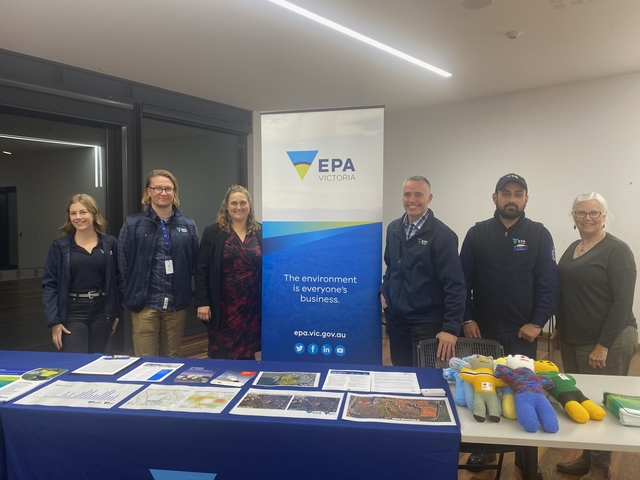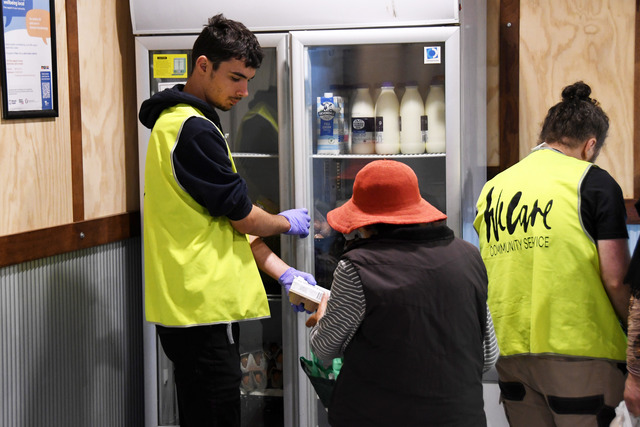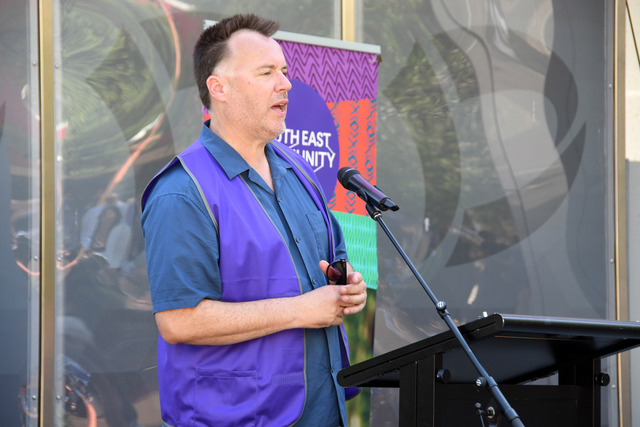Environment Protection Authority (EPA) Victoria is trialling a tool to measure the psychological health impacts of pollution and waste in the City of Casey, as the municipality ranked the highest number of odour reports in Victoria in this financial year.
The Environmental Distress Index (TEDI) survey, developed by the University of Adelaide for EPA Victoria, features ten questions on how the respondents have been feeling over the past 30 days, the amount of time they feel that way, and the link between feeling and the experience of pollution and waste.
The aim of the survey is to determine whether a particular pollution event is causing mental distress in a community.
EPA Victoria’s chief environmental scientist Mark Patrick Taylor said the organisation currently did not have a standardised measure to assess the psychological impacts of pollution and waste, which was why TEDI survey had been developed.
“The Environment Protection Act 2017 defines human health as physical health and psychological health, but we don’t have any tools to directly address psychological health impacts,” he said.
“We looked at a range of instruments that we used to assess psychological health impacts, and we eventually landed on a tool to use, which was the Kessler Index [the paradigm for the TEDI survey].
“We’ll be the first EPA to have this tool in the world to quantify the psychological health impacts.
“The second phase of this project is taking this tool and applying it to different community situations, trying to understand what the community has to say about it, what sort of information we can get back, and whether we should actually end up operationalising as part of our tools and instruments to best support the community so we can understand the human health impacts on the population.”
Mr Taylor said in the long run, TEDI would help EPA and other authorities to prioritise community needs and support regulatory activities.
EPA has received 1648 community pollution reports in the City of Casey this financial year to 27 May.
Nearly 70 per cent of the reports are from odour, which ranks the highest number of odour reports for any local government area in Victoria.
A diverse range of odour sources is noted in the area, from large waste facilities to small agricultural industries.
“In order to better understand what the complaints are, in terms of the source and the impact of those complaints on the community of Casey, we’ve decided we will pick this as a location for us to trial the tool to understand the capability and limitations and potential for this tool to better support communities,” Mr Taylor said.
The responses to the survey are anonymous.
TEDI survey data is managed by the University of Adelaide, which will provide summary reports to EPA Victoria about the effect of environmental events on mental distress.
The University of Adelaide won’t give EPA Victoria any information that could identify individuals.
The TEDI project operates under the University of Adelaide’s stringent code of ethics.
The survey will take about five minutes. To complete the survey, visit: www.ua.edu.au/tedi







